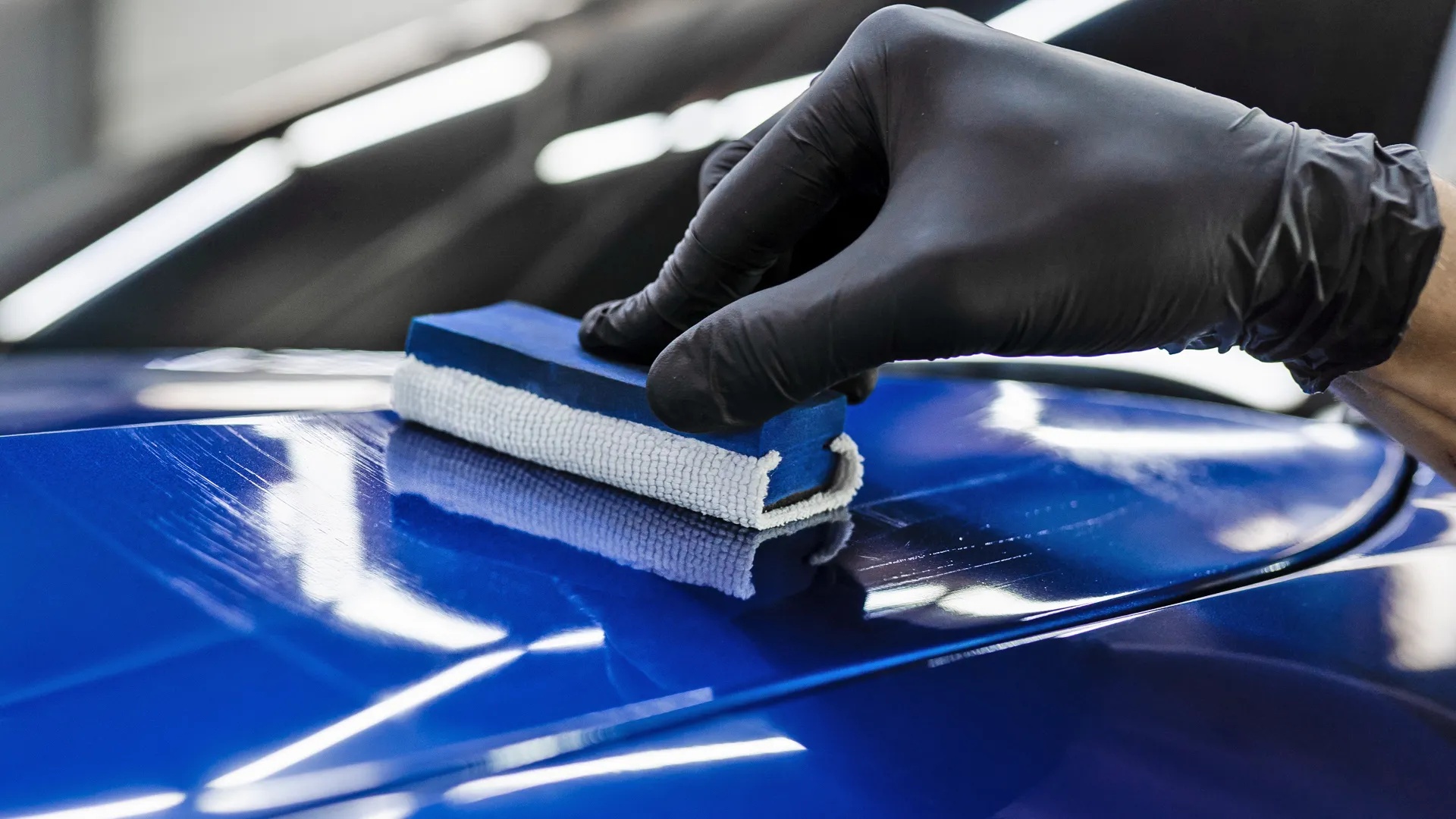Specialist Methods Made Use Of in Ceramic Coating Philadelphia for a Flawless Complete
Why Ceramic Finishing Is the Ultimate Option for a Flawless Complete
Ceramic coating has actually emerged as a leading solution for those seeking a flawless surface for their lorries, thanks to its exceptional toughness and safety features. What factors absolutely established ceramic covering apart?
What Is Ceramic Coating?

When used properly, ceramic finishing creates a hydrophobic surface area that drives away water and dirt, making it simpler to clean up and maintain. Unlike standard waxes or sealers, which normally offer short-lived protection, ceramic layers can last for numerous years, depending on the item quality and application method. The procedure of using ceramic layer requires precise preparation, including thorough cleaning and sometimes paint modification, to ensure ideal bonding and performance.
Ceramic finishes are not restricted to auto surface areas; they can additionally be utilized on numerous products, including glass, steel, and plastics, offering a functional option for improving protection. In general, ceramic layer stands for a substantial advancement in surface area defense technology, incorporating both aesthetic and practical advantages for a wide variety of applications.
Benefits of Ceramic Layer
While several surface security alternatives exist, the benefits of ceramic coating stick out due to its distinct residential properties and resilient efficiency. Among the key benefits is its remarkable toughness. Ceramic Coating Philadelphia. Unlike conventional wax or sealants that call for regular reapplication, ceramic finishings give a resistant layer that can last for numerous years, significantly minimizing maintenance efforts
An additional noteworthy benefit is improved protection against environmental pollutants. Ceramic finishes create a hydrophobic surface that wards off water, dirt, and various pollutants, making it simpler to clean. This feature not just protects the vehicle's appearance yet likewise reduces the danger of rust and oxidation, particularly in severe weather problems.
In addition, ceramic finishings supply exceptional resistance to UV rays, preventing fading and deterioration of paint gradually. This UV defense is vital for maintaining the aesthetic value of surface areas and cars subjected to guide sunlight.
Additionally, the shiny coating attained with ceramic finish improves the general visual charm, providing surfaces a showroom-quality shine. In general, ceramic finishes stand for a significant development in surface area protection modern technology, giving enduring advantages that cater to both useful and aesthetic demands.
Just How It Works
Recognizing the scientific research behind ceramic finishings reveals exactly how they give such impressive security and long life. At its core, a ceramic layer is a liquid polymer that chemically bonds with the automobile's factory paint. This bonding produces a safety layer that is both oleophobic and hydrophobic, repelling water, dust, and oil. The main part of many ceramic coatings is silicon dioxide (SiO2), which is originated from quartz. This substance adds to the covering's solidity and resistance to scratches, UV rays, and environmental impurities.
The application procedure entails multiple steps, including surface prep work, which is vital to attaining optimal attachment. As soon as applied, the covering undertakes a curing process, during which it sets and forms a semi-permanent bond with the paint surface area. go now This bond is what differentiates ceramic coverings from traditional waxes and sealers, supplying a longer-lasting protective barrier that can withstand for several years.
Furthermore, the density of the finishing can enhance its protective top qualities, making certain that it can withstand rough conditions. Inevitably, the science of ceramic layers combines advanced products with cutting-edge application strategies to supply an unmatched degree of security and visual improvement for vehicles.
Contrast With Traditional Techniques
The benefits of ceramic finishings come to be specifically noticeable when compared to traditional paint security see this website methods such as sealers and waxes. While waxes provide a momentary sparkle, normally lasting a couple of weeks to a pair of months, ceramic finishings offer a durable safety layer that can withstand for several years. This toughness substantially reduces the frequency of reapplication, making ceramic coatings a more affordable solution over time.
In addition, conventional approaches frequently call for considerable prep work and several applications to accomplish an acceptable degree of defense. On the other hand, ceramic coatings bond at a molecular level with the vehicle's surface, creating a robust guard against environmental impurities like UV rays, acid rainfall, and roadway salts. This bond boosts the car's resistance to scratches and swirl marks, which prevail with conventional waxes and sealers.
In addition, the hydrophobic homes of ceramic coverings repel water and dirt, bring about easier cleaning and upkeep. In comparison, wax and sealant-treated surface areas can attract grime, demanding more regular cleaning - Ceramic Coating Philadelphia. On the whole, ceramic finishes not only offer remarkable protection yet also deliver a more aesthetically appealing and long-lasting surface, establishing them as the preferred choice for critical lorry owners
Application and Maintenance Tips

Utilizing a foam applicator, use the finish in small sections, complying with the supplier's standards pertaining to density and overlap. Permit enough curing time between coats, generally 24 hours, to make certain proper bonding. After application, it is important to prevent exposure to water or extreme elements for a minimum of a week to permit the coating to totally treat.
For upkeep, clean the car on a regular basis with pH-balanced soaps and stay clear of rough materials. Touchless car laundries are recommended to reduce scraping. In addition, utilizing a ceramic upkeep spray can enhance the finishing's hydrophobic properties and longevity. Routine evaluations for any kind of indications of wear will aid keep the layer's stability and protect that pristine coating.
Conclusion
In verdict, ceramic covering arises as a premium choice for accomplishing a remarkable automotive surface. By developing a robust bond with manufacturing facility paint, ceramic covering efficiently shields versus scrapes, UV rays, and environmental contaminants.
